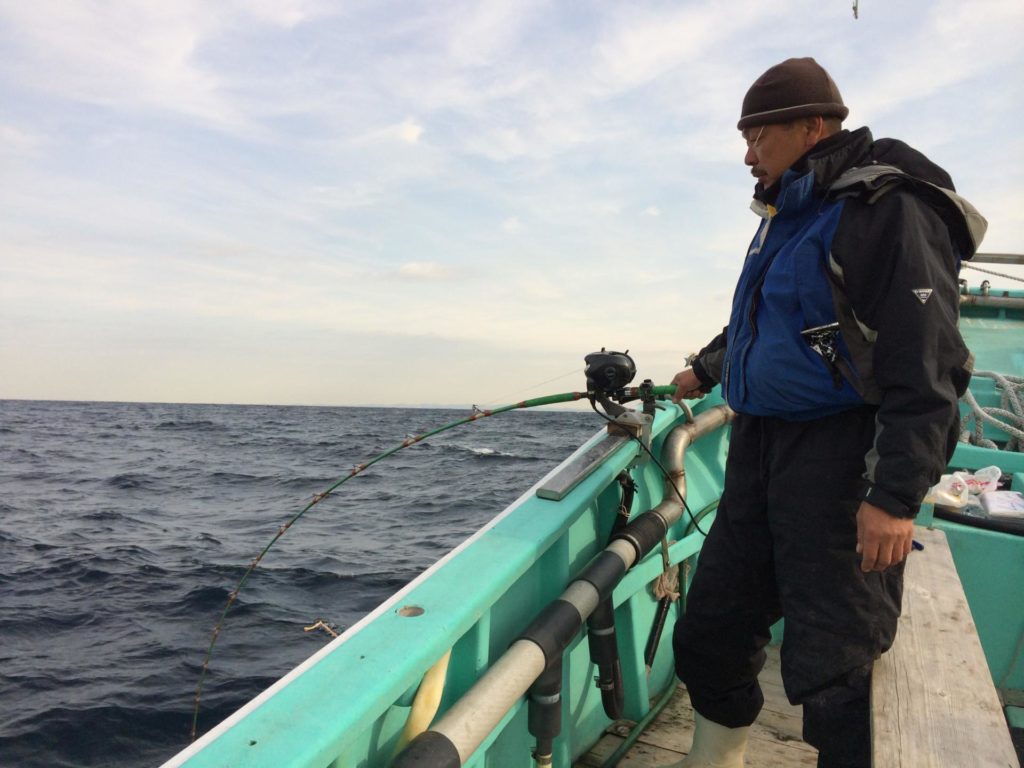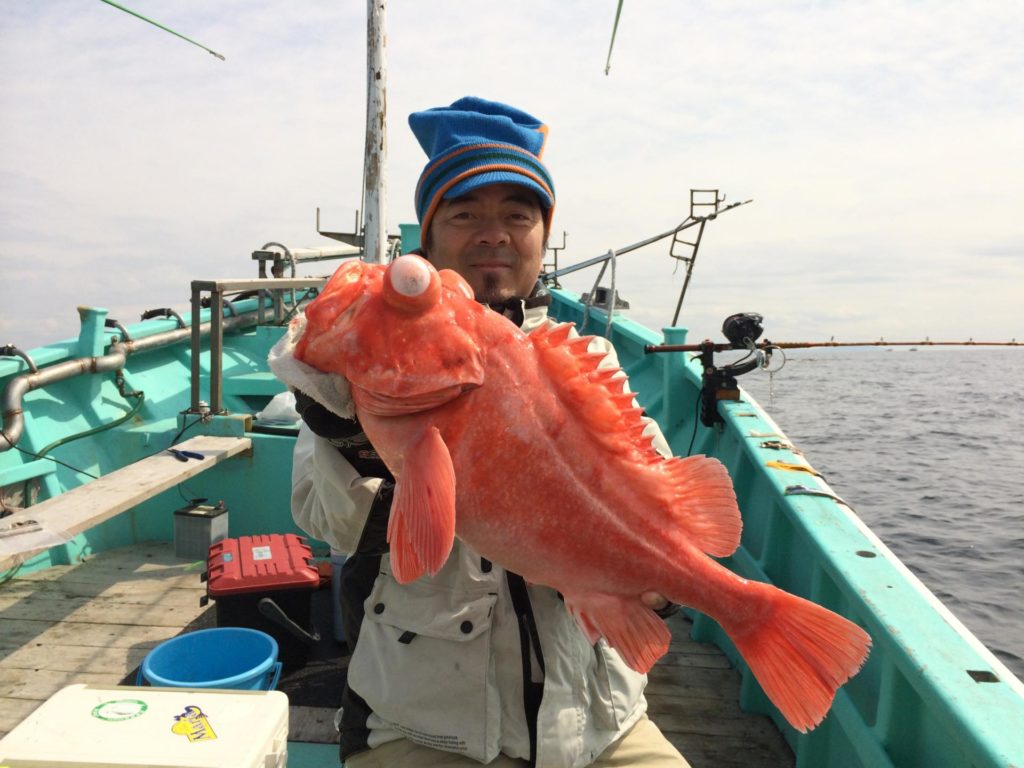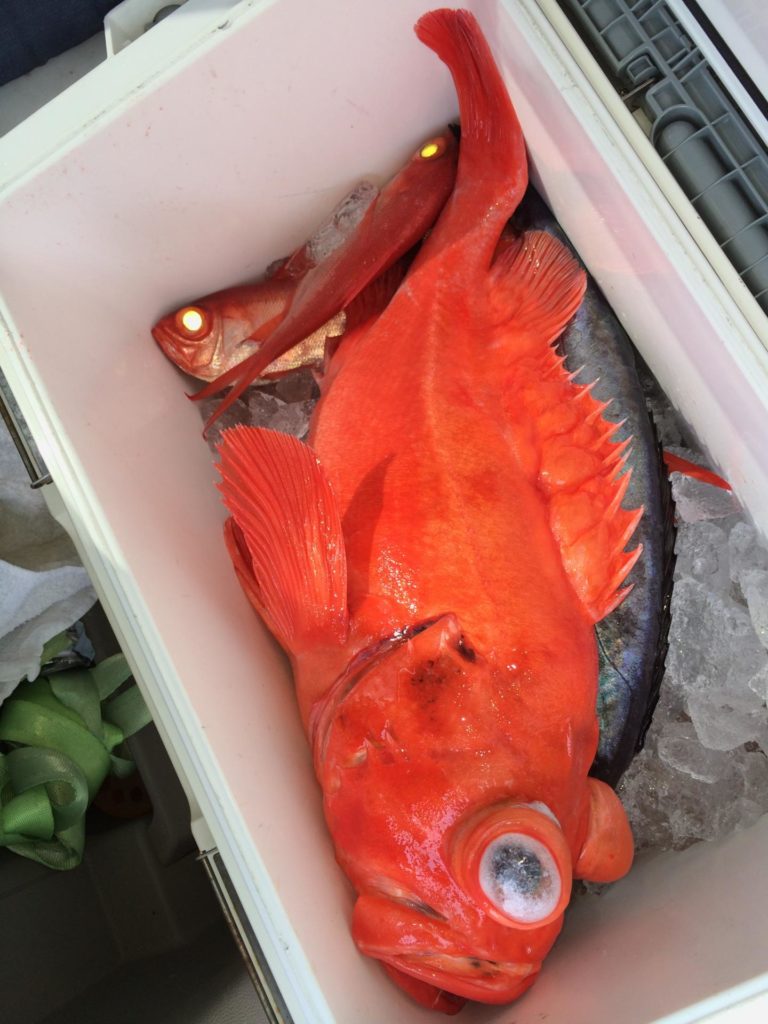When I make new friends and acquaintances and discuss my interest in offshore fishing, I occasionally get a response such as, “Wow, deep sea fishing sounds like fun,” or “I’d like to go deep sea fishing one day myself.”

Those two words “deep sea” bug me a bit, because although I fish way out in the ocean, most of the species I target feed at or near the surface. In my mind, true deep sea fishing is pulling something from way down below, and the methods used to take fish from those depths are a complete departure from anything I know.
My buddy Katsumi in Chigasaki City, Kanagawa Prefecture, is quite fond of hitting the water for deep pelagic species when they are in season and filling his cooler with a fresh catch that could rival that of a commercial fisherman. Some of the species he brings up go for a premium price when they hit the shelves of fish markets.
This notion that deep equals higher quality fish struck me as odd when I first saw the ¥4,000 price tag of large kuro mutsu in Tokyo a decade ago but, the more I thought about it, the more it made sense.
For one thing, the high tech battery powered tackle used to target deep species can cost as much as a used car. Add the cost of extra fuel to get to the grounds and find the fish which may be holding as deep as 1,000 meters, and recreational anglers risk breaking the bank.
Fortunately it is possible to ride on boats skippered by skilled commercial fishermen who constantly monitor oceanic conditions and know which stretches of water are holding fish. For somewhere in the ballpark of ¥30,000 per person, anglers can get in a day of deep sea long line drift fishing, with tackle and bait included.
When the skipper reaches the grounds, the process of dropping the long lines has to be done in a specific order based on the position of the boat and the direction it will drift. These tediously constructed lines contain as many as 30 baited hooks and are dragged to the depths with a three-to-five-kilogram weight.
Everything is done carefully and methodically to avoid having any lines tangle as they sink to the target depth. The majority of one’s time on these trips is spent with lines deep in the water column drifting through a school of fish. Once the captain gives the signal for everyone to bring in their lines, the same mechanical process is done in reverse order.
Deep drifting for bentho-pelagic species seems to be a bit overly industrial on spec, but the fun of hauling in the catch keeps many coming back every year. Katsumi and his deep sea buddies have in years past brought back several ice chests of alphonsino (kinmedai) and other high quality species that would be nearly impossible to find at markets in quantity, much less for an affordable price.
Anyone interested in giving it a whirl should check with skippers at their local port or tackle shop staff to get an idea of which boats are running and specifics on season dates and pricing.







